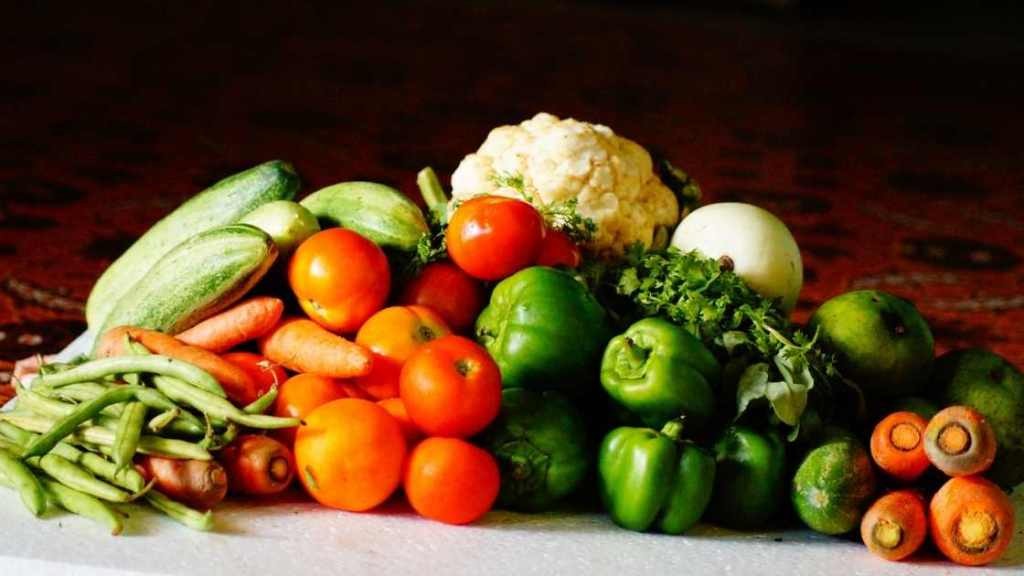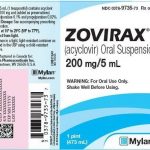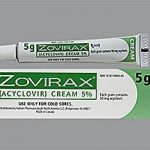
Contents
22 Vegetables with High Iron Content
There are few vegetables with high iron content. Some vegetables that are high in iron include artichokes, asparagus, baked potatoes, and others.
If you follow a vegetarian or vegan diet, or if you love vegetables, you may wonder if you are getting enough iron. Unfortunately, there are few vegetables with high iron content (or many other high-iron foods, for that matter), so you need to consume a variety of foods to meet your daily iron requirements.
In the United States, many breads and cereals are fortified with iron. While these foods can prevent iron deficiency, they may not necessarily promote overall health.
Iron is a unique nutrient for several reasons:
- Most of the iron in your body comes from recycled red blood cells, not from your diet.
- Your body only absorbs a fraction of the iron you consume (about 14% to 18% with a mixed diet).
- Many factors influence the absorption of iron from the food you eat.
- Your body has a complex system that regulates iron absorption because it’s difficult for your body to excrete excess iron.
What is the recommended daily intake of iron?
Adult men and women who don’t menstruate require around 8 mg of iron per day. Women who menstruate need about 18 mg, and pregnant or breastfeeding women need even more. Children’s iron needs vary based on their age.
What are the two types of iron?
Iron comes in two forms: heme iron, which is found in meat and animal products, and non-heme iron, which is found in plants. Your body absorbs heme iron more efficiently than non-heme iron. If you’re a vegetarian or vegan, you may need to consume more non-heme iron to meet your iron needs since it’s not as easily absorbed.
The foods you eat alongside your iron-rich vegetables can also affect iron absorption:
- Foods high in vitamin C enhance the absorption of non-heme iron.
- Calcium can hinder iron absorption, particularly when taken as a supplement.
- A high intake of bran fiber can decrease the absorption of non-heme iron.
Why should you consume iron-rich vegetables?
Getting iron from vegetables provides numerous benefits. When you consume iron-rich vegetables, you also receive a variety of other nutrients, including vitamins, minerals, and phytonutrients that enhance your health. Additionally, adding iron-rich vegetables to your diet introduces flavor and diversity to your meals.
Here are some iron-rich vegetables you can try:
1. Artichoke
One cup of cooked artichoke contains about 1 mg of iron. Artichokes are also rich in vitamins, minerals, and phytonutrients.
2. Asparagus
One cup of cooked asparagus contains over 1.5 mg of iron. It’s also a good source of protein and vitamin C.
3. Baked Potato
A medium baked potato, including the skin and flesh, provides almost 2 mg of iron. Be mindful of high-calorie toppings.
4. Bok Choy
A cup of cooked bok choy contains almost 1.8 mg of iron. Add it to stir-fries, salads, or soups for a nutritional boost.
5. Broccoli
A cup of cooked broccoli contains over 1 mg of iron. Broccoli is also a rich source of other nutrients like lutein and zeaxanthin.
6. Brussels Sprouts
With almost 2 mg of iron per cup, Brussels sprouts are a nutritional powerhouse. Roast or grill them for optimal flavor.
7. Chanterelle Mushrooms
Chanterelle mushrooms are one of the best mushroom sources of iron. One cup of raw chanterelles contains almost 2 mg of iron, along with protein, vitamins, and minerals.
8. Chickpeas
Also known as garbanzo beans, chickpeas offer almost 4 mg of iron per cup. You can enjoy chickpeas in the form of creamy hummus as well.
9. Dried Seaweed
Sometimes referred to as sea vegetables, dried seaweed is highly nutritious. One cup provides almost 4 mg of iron. This intense-flavored food can be eaten dried or soaked in water as a salad.
10. Green Peas
After cooking, one cup of frozen green peas contains around 1.5 mg of iron. Canned peas have less iron but are still beneficial.
11. Kale
Kale, considered a superfood, contains almost 1 mg of iron per cup when cooked. Its nutrient profile extends beyond iron.
12. Kidney Beans
Kidney beans have almost 4 mg of iron per cup. They are a common ingredient in soups, salads, and pasta dishes.
13. Leeks
Cooked leeks provide about 1 mg of iron per cup. This vegetable is a member of the onion family and offers a subtle flavor.
14. Lentils
Lentils contain even more iron than beans, with approximately 6.5 mg per cup. They can be used as a substitute for beans in many recipes.
15. Mustard Greens
One cup of cooked mustard greens contains almost 2.5 mg of iron, while collard greens offer about one-fourth of that. Both are nutritious options.
16. Pumpkin Seeds
One cup of shelled pumpkin seeds provides an impressive 11.6 mg of iron. Though consuming a whole cup is unlikely, adding a tablespoon or two to your diet can boost your iron intake.
17. Soybeans
Cooked soybeans contain almost 9 mg of iron per cup. Tofu, also made from soybeans, is another good iron source with approximately 7 mg per cup.
18. Spinach
Cooked spinach contains over 2 mg of iron per cup. Since iron absorption from spinach can be limited, pair it with foods high in vitamin C for improved absorption.
19. Sun-Dried Tomatoes
Fresh tomatoes have a minimal iron content, but sun-dried tomatoes offer approximately 5 mg of iron per cup. They add intense flavor to various dishes like pasta, pizza, salads, and soups.
20. Sweet Potato
Baked sweet potatoes have about 1.7 mg of iron per cup. Roast or microwave them for a delectable iron-rich meal.
21. Swiss Chard
Cooked swiss chard is an excellent source of iron with almost 4 mg per cup. Look for dark green leaves and red stems when purchasing.
22. White Beans
Canned white beans offer over 4 mg of iron per cup. You can opt for navy beans, cannellini beans, or great northern beans.
Should You Include Iron-Rich Vegetables in Your Diet?
It’s beneficial to include iron-rich vegetables in your diet as they provide multiple advantages. Most individuals who maintain a healthy diet obtain sufficient iron from food sources. However, individuals with higher iron requirements may consider incorporating these vegetables into their meals or consulting their doctor about taking an iron supplement or multivitamin with iron. Avoid high-dose iron supplements unless prescribed by your doctor, as they can have adverse health effects.
REFERENCE
The American Journal of Clinical Nutrition: "Iron bioavailability and dietary reference values."
FDA FoodData Central: "Artichoke, fresh, cooked, no added fat," "Asparagus, cooked, boiled, drained," "Broccoli, cooked, boiled, drained, without salt," "Brussels sprouts, cooked, boiled, drained, without salt," "Cabbage, chinese (pak-choi), cooked, boiled, drained, without salt," "Chard, swiss, cooked, boiled, drained, without salt," "Chickpeas, from canned, no added fat," "Collard greens, fresh, cooked, no added fat," "Kale, cooked, boiled, drained, without salt," "Kidney beans, from canned, no added fat," "Leeks, (bulb and lower leaf-portion), cooked, boiled, drained, with salt," "Lentils, mature seeds, cooked, boiled, with salt," "Mushrooms, Chanterelle, raw," "Mustard greens, fresh, cooked, no added fat," "Peas, green, frozen, cooked, boiled, drained, without salt," "Potatoes, Russet, flesh and skin, baked," "Pumpkin seeds, unsalted," "Seaweed, dried," "Soybeans, cooked," "Spinach, fresh, cooked, no added fat," "Sun-dried tomatoes," "Sweet potato, baked, no added fat," "Tofu, raw, firm, prepared with calcium sulfate," "White beans, from canned, no added fat."
Harvard T.H. Chan School of Public Health: "Iron."
Informed Health.com, "How can I get enough iron?" Institute for Quality and Efficiency in Health Care, 2018.
Merck Manual Consumer Version: "Iron Deficiency."
National Institutes of Health Office of Dietary Supplements: "Iron: Fact Sheet for Health Professionals."
Produce for Better Health Foundation: "Health and Wellness Resource Guide for Fruit & Vegetables."
Produce for Better Health Foundation: "Health and Wellness Resource Guide for Fruit & Vegetables."


